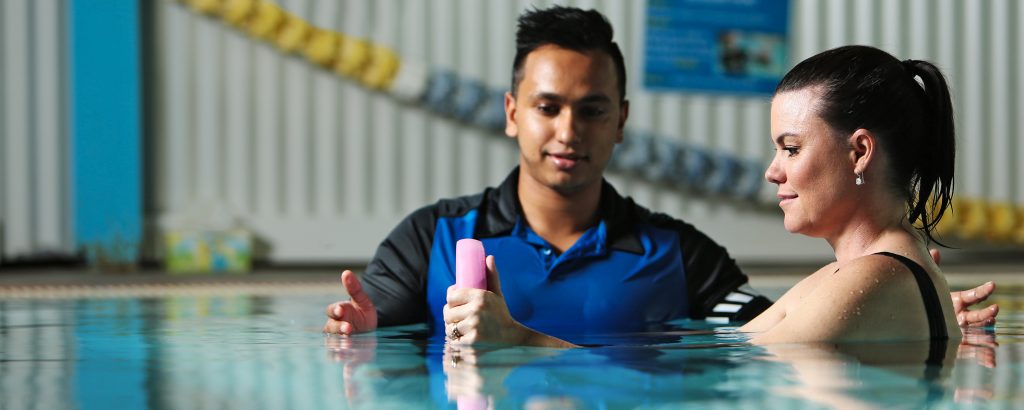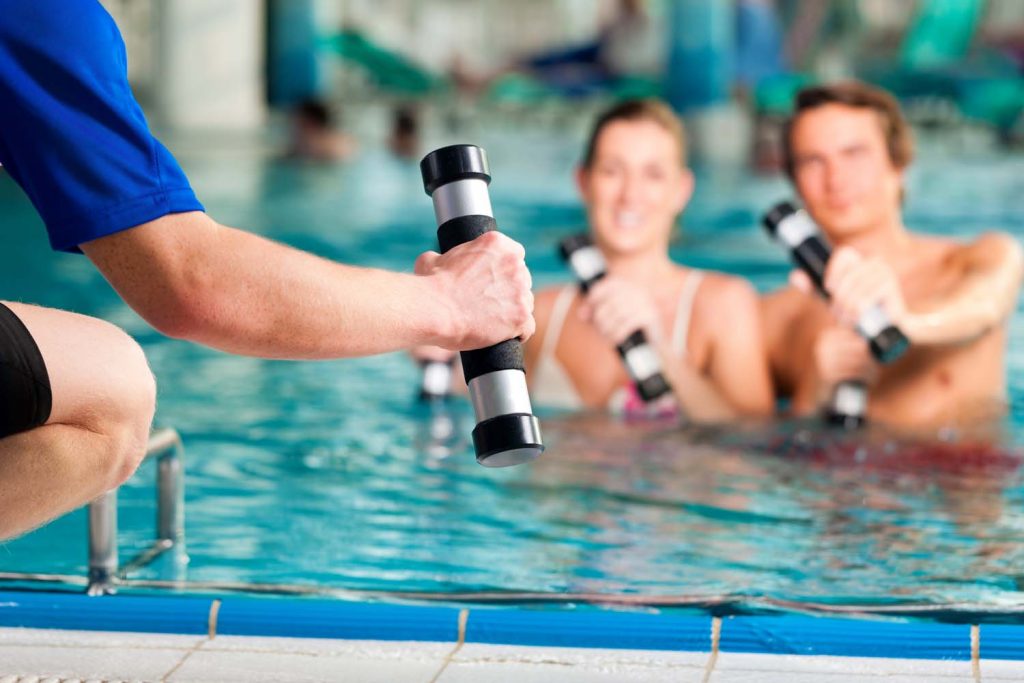The Many Types & Health Benefits of Hydrotherapy
From helping you deal with pain, recover from an injury or just maintain function and mobility, hydrotherapy provides a wide range of health benefits. In this article, we’ll take an in-depth look at all the different types of hydrotherapy and the many ways it can improve your physical and emotional health and wellbeing. By the end, you’ll have a good idea of whether hydrotherapy is right for you. Let’s get started!
What is hydrotherapy?
Hydrotherapy is the use of water to relieve discomfort and promote physical well-being. It’s been used for centuries as a natural way to relieve pain, promote healing and encourage mobility. There are many different types of hydrotherapy, each with its own unique set of benefits – let’s take a closer look at some of the most popular types of hydrotherapy treatments:
- Aquatic (Water) exercise, such as water aerobics, lap swimming and group exercise classes.
- Aquatic (Water) physical therapy, performed by a trained and registered physiotherapist and usually tailored to each client’s individual needs and physical condition.
- Steam baths are one of the oldest and most popular forms of hydrotherapy. The process works by increasing circulation and relaxing muscles. It’s also great for clearing congestion and relieving sinus pressure.
- Saunas are similar to steam baths, but they use dry heat instead of steam. They’re known for relaxing muscles, improving circulation, and detoxifying the body.
- Hot springs are natural springs that contain geothermal energy-heated water. Soaking in a hot spring can help relieve muscle pain, improve circulation, and ease stress and anxiety.
- Cold water therapy involves immersing yourself in cold water (usually between 10°C to 15°C) for a period of time, using a cold water immersion tank, pool, or even a simple bathtub filled with cold water. This form of hydrotherapy can be helpful in relieving muscle pain, reducing inflammation, and speeding up the healing process following an injury.
- Cryotherapy is a type of cold therapy that uses extremely cold to treat various conditions such as pain, inflammation, and arthritis. Cryotherapy is typically performed using an ice pack or ice bath, but it can also be done using nitrogen gas chambers or liquid nitrogen sprays.

What is hydrotherapy used to treat, and what are the effects of hydrotherapy on the body?
Hydrotherapy can provide many different health benefits depending on which type you choose. Here are some of the most common benefits associated with hydrotherapy that we use:
- Relieve muscle soreness and joint pain, by increasing circulation and relaxing the muscles
- Reduce inflammation throughout the body, making it an effective treatment for conditions like arthritis, tendinitis, bursitis, gout, and carpal tunnel syndrome
- Enhance circulation by increasing blood flow throughout the body, which can improve cardiovascular health by providing more oxygen to the heart
- Drastically reduces the frequency and severity of muscle spasms
- Increases flexibility and range of motion in joints
- Increases strength and tolerance to exercise
- Provides relaxation and relief from stress

Speak to our qualified and experienced physiotherapists about whether hydrotherapy could be an effective treatment for you
Are recovering from an injury? Do you need rehabilitation after surgery? Do you have trouble moving on land but need to find a way to exercise. At a2z Health Group, we provide tailored hydrotherapy treatment as an adjunct to other physiotherapy modalities, which may include clinical pilates or massage, in an effort to aid your recovery and wellness.

For more information about hydrotherapy treatment, please don’t hesitate to contact us. Otherwise, you can simply book an appointment online today!

Michael graduated with a Bachelor of Physiotherapy from Melbourne University. Since then, he has had over 21 years of experience as a physiotherapist and is also a qualified D.M.A. Clinical Pilates Practitioner.

